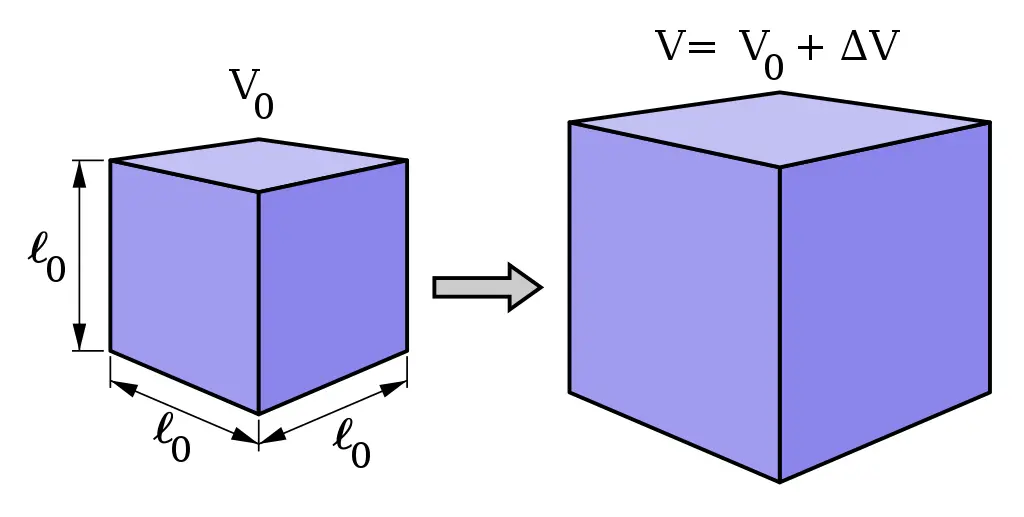If you’re asking “What is thermal expansion?”, you’re in the right spot. This guide will unravel the concept, explaining everything you need to understand thermal expansion in a simple and straightforward manner.

Table of Contents
Understanding the Basics: What is Thermal Expansion?
At its core, thermal expansion is the process by which a material changes its size due to a change in temperature. It’s most commonly observed when a material expands as it gets hotter. This is not some special property of a few materials; it’s a universal behavior that happens in solids, liquids, and gases.
Each particle—be it an atom or molecule—within the material takes up more space as it gets hotter, leading to an overall increase in the size of the material.
The Science Behind Thermal Expansion
When we delve into the scientific principles governing thermal expansion, we touch upon physics and chemistry. In every material, atoms and molecules are in perpetual motion, even in solids where this motion is more of a vibration around fixed points.
When you heat a material, you’re essentially injecting it with more energy. This added energy manifests as increased kinetic (movement) energy of the atoms or molecules.
Consequently, the particles start vibrating more strongly around their average positions and might even shift those average positions. This collective shift and stronger vibration lead to an increase in the overall dimensions of the material.
Types of Thermal Expansion
Thermal expansion isn’t one-size-fits-all; it manifests differently depending on dimensions. We categorize it as:
Linear Expansion: In linear expansion, only one dimension of the object changes. If you have a metal rod and heat it, it might grow longer but not significantly wider or thicker.
Area Expansion: Two dimensions are involved in area expansion. Imagine a flat metal plate; if heated, it could expand both lengthwise and widthwise, forming a larger plate.
Volumetric Expansion: Here, the object expands in all three dimensions. This is easier to notice in fluids like liquids and gases, where there are no rigid structures to limit expansion.
Check out these other articles…
What is TXV: Your Comprehensive 411 Guide
Expansion Valve Pressure Drop: What You Need to Know
Expansion Valve Test: How to Perform in 7 Easy Steps
Where is the AC Expansion Valve Located? Comprehensive Guide
How Expansion Valve Works in Car AC: The Complete Breakdown
Expansion Work in Thermodynamics: A Comprehensive 411 Guide
Expansion Process in Thermodynamics: Comprehensive 411 Guide
Factors Affecting Thermal Expansion
Several factors can influence how much a material expands or contracts with temperature changes:
Coefficient of Thermal Expansion: Every material has a unique coefficient of thermal expansion, a numerical measure indicating how much that material will change in size per degree of temperature change.
Molecular Structure: The arrangement of atoms in a material can affect how much it expands. Crystalline materials, for instance, may expand less than amorphous materials.
Phase: Whether a substance is a solid, liquid, or gas can also influence its thermal expansion properties. Generally, gases expand more than liquids, and liquids more than solids.
External Conditions: Pressure and other environmental factors can also play a role in thermal expansion.
Practical Applications and Precautions
The concept of thermal expansion is more than just theoretical knowledge; it has real-world applications and implications.
Engineers must factor it into the design of structures like bridges, railways, and even electronic devices.
In daily life, thermal expansion explains why hot water pipes can burst in winter if not properly insulated.
Conversely, failing to consider thermal expansion can lead to structural problems, machine failure, or safety hazards. For example, a building may develop cracks if its materials expand and contract too much with temperature fluctuations.